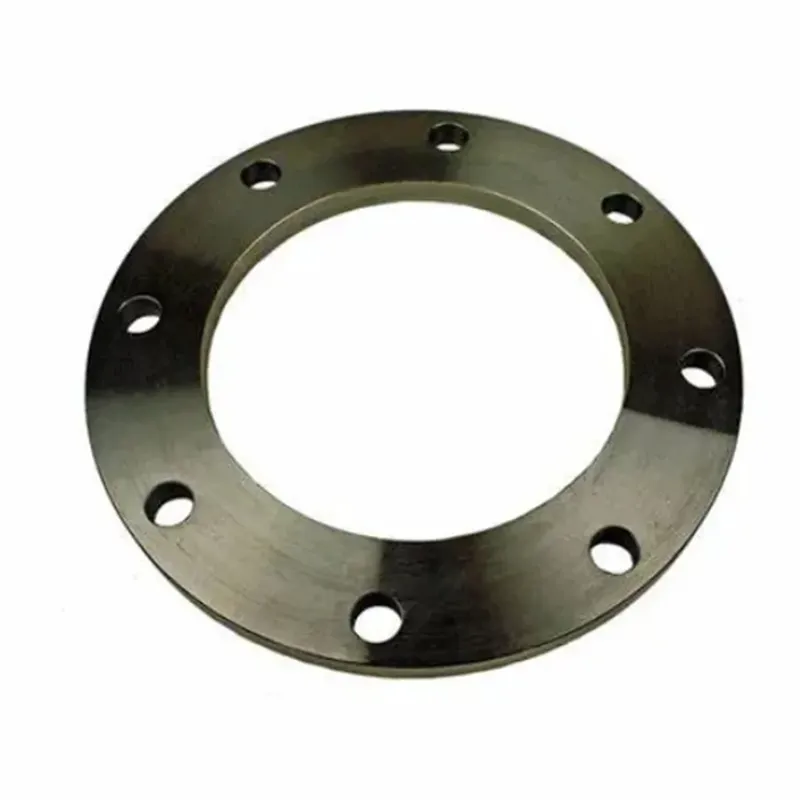-
Cangzhou Yulong Steel Co., Ltd.
-
Phone:
+86 13303177267 -
Email:
admin@ylsteelfittings.com
- English
- Arabic
- Italian
- Spanish
- Portuguese
- German
- kazakh
- Persian
- Greek
- French
- Russian
- Polish
- Thai
- Indonesian
- Vietnamese
- Zulu
- Korean
- Uzbek
- Hindi
- Serbian
- Malay
- Ukrainian
- Gujarati
- Haitian Creole
- hausa
- hawaiian
- Hebrew
- Miao
- Hungarian
- Icelandic
- igbo
- irish
- Japanese
- Javanese
- Kannada
- Khmer
- Rwandese
- Afrikaans
- Albanian
- Amharic
- Armenian
- Azerbaijani
- Basque
- Belarusian
- Bengali
- Bosnian
- Bulgarian
- Catalan
- Cebuano
- China
- China (Taiwan)
- Corsican
- Croatian
- Czech
- Danish
- Esperanto
- Estonian
- Finnish
- Frisian
- Galician
- Georgian
- Kurdish
- Kyrgyz
- Lao
- Latin
- Latvian
- Lithuanian
- Luxembourgish
- Macedonian
- Malgashi
- Malayalam
- Maltese
- Maori
- Marathi
- Mongolian
- Myanmar
- Nepali
- Norwegian
- Norwegian
- Occitan
- Pashto
- Dutch
- Punjabi
- Romanian
- Samoan
- Scottish Gaelic
- Sesotho
- Shona
- Sindhi
- Sinhala
- Slovak
- Slovenian
- Somali
- Sundanese
- Swahili
- Swedish
- Tagalog
- Tajik
- Tamil
- Tatar
- Telugu
- Turkish
- Turkmen
- Urdu
- Uighur
- Welsh
- Bantu
- Yiddish
- Yoruba

Nov . 10, 2024 06:22 Back to list
Alternative Threaded Rod Coupling Solutions for Enhanced Structural Integrity and Versatile Applications
Understanding All-Thread Rod Couplings A Comprehensive Guide
In the world of construction and mechanical engineering, all-thread rod couplings play a vital role in ensuring the strength and stability of assemblies. These couplings are indispensable components that connect two or more lengths of all-thread rod, which is a type of rod that has continuous threads along its entire length. This article delves into the intricacies of all-thread rod couplings, including their types, applications, advantages, and installation procedures.
What are All-Thread Rod Couplings?
All-thread rod couplings, often made from materials such as steel, stainless steel, or plastic, are designed to connect two pieces of all-thread rods seamlessly. These couplings come in various sizes and thread types, allowing for versatile applications in different environments, such as construction sites, manufacturing plants, and even home improvement projects.
Types of All-Thread Rod Couplings
1. Standard Couplings These are the most common type, typically cylindrical in shape and designed to accommodate standard thread sizes. They provide a simple way to extend the length of all-thread rods.
2. Heavy-Duty Couplings Designed for more demanding applications, heavy-duty couplings can withstand significant loads and are often used in structural applications, such as bridges and high-rise buildings.
3. Threaded Couplings with Locking Mechanisms Some couplings come with additional features like locking mechanisms to prevent inadvertent loosening. This is particularly important in high-vibration environments.
4. Adjustable Couplings These allow for length adjustments after installation, providing flexibility when precise measurements are needed.
Applications of All-Thread Rod Couplings
All-thread rod couplings are widely used in various applications, including
- Construction They are commonly found in scaffolding, anchoring systems, and support structures, where they provide strength and stability. - Manufacturing In assembly lines and manufacturing processes, couplings help in connecting components securely to support machinery or products.
- Furniture Assembly Many furniture manufacturers utilize all-thread rod couplings to ensure robust connections in their products.
- Electrical In electrical installations, these couplings can help in securing conduit supports.
Advantages of All-Thread Rod Couplings
all thread rod couplings

1. Versatility With the ability to connect rods of various lengths, all-thread rod couplings are suitable for diverse applications.
3. Ease of Installation The straightforward design allows for quick installation, which can save time and labor costs on projects.
4. Customizability All-thread rods and couplings can be customized to meet specific requirements, including length, diameter, and thread type.
5. Cost-Effectiveness When compared to other fastening systems, all-thread rod couplings often provide a more economical solution without compromising quality.
Installation Guidelines
Installing all-thread rod couplings requires attention to detail to ensure secure connections. Here are some general steps to follow
1. Preparation Measure the lengths of all-thread rods that need to be connected and cut them accordingly if necessary.
2. Thread Verification Check the thread compatibility of both rods and the coupling. Ensure that the threads are clean and free from debris.
3. Screw In the Coupling Start screwing the coupling onto the first rod, ensuring that it is threaded evenly. Do not overtighten at this stage.
4. Attach the Second Rod Once the first rod is secured, proceed to thread the second rod into the coupling. Again, ensure that it is threaded properly for a secure connection.
5. Final Tightening After both rods are in place, tighten the coupling carefully to ensure a firm connection. If a locking mechanism is present, engage it according to the manufacturer's instructions.
Conclusion
All-thread rod couplings are critical components in construction and various industries where strong and reliable connections are necessary. Understanding their types, applications, and installation procedures ensures proper utilization and maximizes their benefits. Whether you’re a seasoned professional or a DIY enthusiast, knowledge of all-thread rod couplings will enhance your ability to create robust and safe structures.
Latest news
-
ANSI 150P SS304 SO FLANGE
NewsFeb.14,2025
-
ASTM A333GR6 STEEL PIPE
NewsJan.20,2025
-
ANSI B16.5 WELDING NECK FLANGE
NewsJan.15,2026
-
ANSI B16.5 SLIP-ON FLANGE
NewsApr.19,2024
-
SABS 1123 FLANGE
NewsJan.15,2025
-
DIN86044 PLATE FLANGE
NewsApr.19,2024
-
DIN2527 BLIND FLANGE
NewsApr.12,2024
-
JIS B2311 Butt-Welding Fittings LR/SR 45°/90° /180°Seamless/Weld
NewsApr.23,2024











